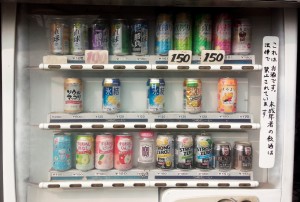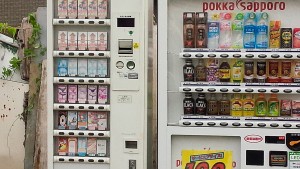The US Peace Corps, whether it will admit it or not, has two basic mottos: “The toughest job you’ll ever love” and “For God’s sake, don’t embarrass your country.”
Therefore, one of the things the Peace Corps cautions you about is that you are expected to obey local customs involving courtship. This means that if you are caught “knowing someone” in a Biblical sense and her father invokes local laws, you are pretty much bound to obey them, especially if you are unable to escape the country in time. If this means buying her family seven cows, you will be expected to buy her family seven cows. If it means an AK-47 wedding, congratulations, welcome to the family. What stupidity hath brought together let no one tear asunder. Live long and prosper.
However, you expect all of this to be an active process. You don’t expect to blunder your way into it.
In my case, my host family basically set me up, as an “English teacher,” with one of their cousins (let’s call her Kay). She was 19 years old and gorgeous; I was smitten (and in culture shock) and we started having English classes. At first my host sister sat in with us, but eventually she would excuse herself and leave us alone. After a while, I started meeting Kay at an office building for private lessons and we even had an adventure escaping the building when we got locked in once.
Eventually I was invited to Christmas dinner (keep in mind, I’ve only been in the country five months at this point) and they let us spend lots of time alone.
Now, I’m convinced there are two kinds of people in this world: those who have a clue, and those who don’t. When it comes to women (actually, all personal relationships now that I think about it) I fit in neither category. I’m pretty much beyond clueless and often don’t see what’s going on around me. This is especially true when you throw in culture shock and a vague sense of being used for a blue passport.
Kay and I saw each other off and on after that, and then pretty much stopped seeing each other. I kind of missed her, but had other complications to worry about: mainly moving cities and schools.
Eventually, I made friends with an Albanian-American who was invited to join the Peace Corps in-country. One day we were rambling on about politics and I invoked the notion of “He needed killin'” laws” which I stole from a comedian whose name I’ve long since forgotten. The idea was you could kill anyone who needed killin’ (He raped a baby; he needed killin’ He dog-eared the pages of my new book; he needed killin’.) The Albanian-American said that he thought I needed killin’ for dating an Albanian woman and not marrying her.
I protested that we’d never actually done anything (remember: buying cows; AK-47 wedding; beyond clueless; also Albania still has vendetta killings) but he started listing off what had happened: they’d let us be alone in and out of the house; they’d made me a big dinner; etc.) When I responded with what amounted to a clever “Yeah? So?” He said that basically meant we were engaged in the eyes of her family.
I was one part “so f@#king wha?t” and one part “do I need a gun?” and one part “Is there a gun pointing at me right now?”
In the end I just let things remain where they were. I never got over the notion that her family were interested in that blue passport, but that’s more a comment on my sense of self than on them. There was a brief moment near the end of my service where we started hanging out again, but it was the end of my service so it went no where.
I have no idea where Kay is now. I hope she’s doing well.



